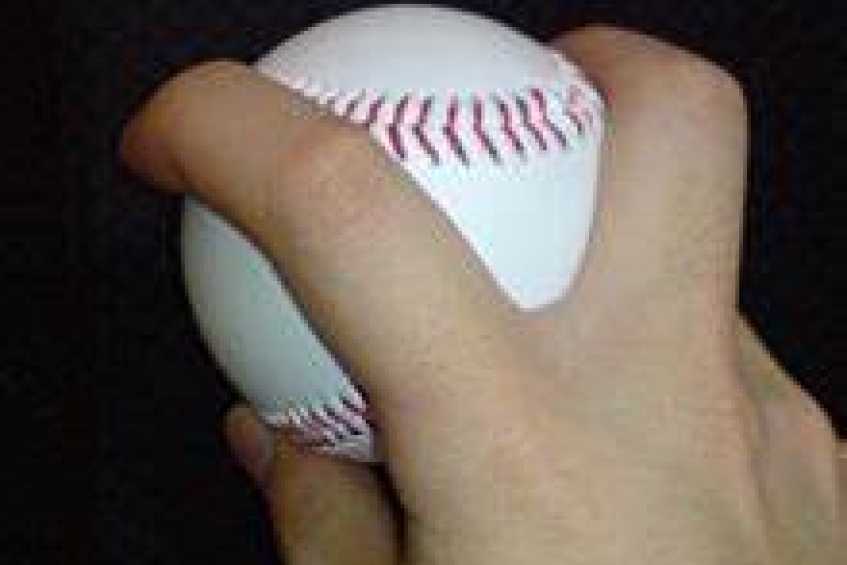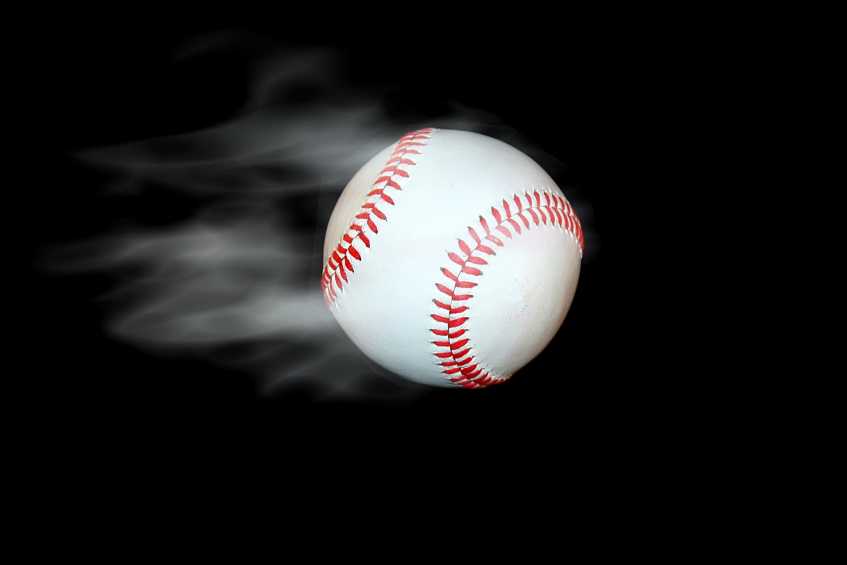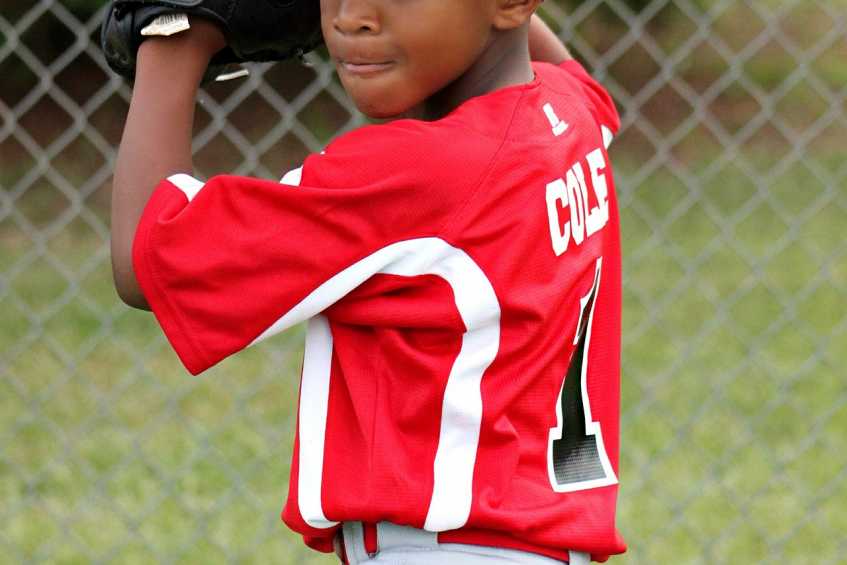Cut Fastball and Split Finger Fastball
I have had youth baseball players come to me and say that their coach wants them to learn to throw the split-finger fastball and/or a cut fastball this season. My first thought is that at least their coach is watching baseball on TV, as that is not so common anymore. However, what youth baseball coaches must understand is that what may be suitable for major league players is not always good for youth baseball players. Even at the highest level, though, maybe n. More than one major league coach has told me that the splitter fastball and the cut fastball are harmful to big league arms. Many a professional pitchers' careers have been cut short due to throwing the cut and split-finger fastballs. Well, if that is the case for developed bodies, how can they not be detrimental to youth baseball players. Even though some major league pitchers have the cutter and split in their repertoires, it should be a last resort for professional players, which means when they cannot get anyone out with their other pitches, then they can try those and see what happens. First, many coaches do not what is a split finger fastball.
What is a splitter fastball?
Whether curve balls are good for youth baseball pitchers' arm has been an ongoing debate for years, with the latest information seeming to be that it is no harder on the arm than the fastball. Maybe time and more study will tell, and a definitive answer will come on that debate. I do believe that a safe way to throw the curve with the full hand with four fingers on top of the ball to prevent a possibly harmful wrist snap is best for youngsters.
 Split finger fastball grip
Split finger fastball grip
How to throw a Split Fingered Fastball?
On the other hand, there is no safe way to throw the split-fingered fastball. A split fastball grip is with the index and middle fingers separated widely, to be on the side of the ball, with the thumb set directly under the ball. The splittter fastball has been around for years, so there is some evidence that this pitch is harmful to the arm and not great for young players that want to learn how to throw a baseball properly. The main reasoning, which makes sense to me, is that with the split-finger fastball, no fingers remain on top of the ball, so a great deal of the strain of throwing goes on the pitcher's elbow. Young pitchers do not have the muscle development and strength to withstand that added pressure on the arm, so they should stay away from it.
One of the more recent crazes with major league pitching is the cut fastball, made famous by the great Mariano Rivera. The cut fastball has a late subtle movement that is less than a slider and gripped with the index and middle fingers offset slightly from the middle of the ball. The cut fastball grip may seem innocuous but once again, without fingers staying on top of the ball, more strain goes on the pitcher's elbow. Additionally, there is the thought that over time, the cut fastball may take some velocity off the fastball, which is not good, especially for young developing pitchers.
 cut fastball grip
cut fastball grip
Order of Learning Pitches for Youth Baseball and Beyond
Following is a recommended order that youth should learn to throw pitches. The most important thing to get across to pitchers of all ages is that they learn to know their arm. No one can tell how their arm reacts to different pitches but them, and they must tell their coach when their arm hurts and tires. Of course, coaches must monitor pitch counts and watch for signs of tired arms. Equally important is keeping kids focused on the correct fundamentals of throwing.
- Four seams fastball which puts the fingers across the "C" in the baseball seams. This choice should be obvious because the four-seamer is the first pitch that kids should throw and is the one they should practice from a young age when just playing catch. Until their hand size catches up, it is fine that they use a three-finger grip on top of the ball. In fact, that would be the preferred method until they can keep two fingers on top of the ball without a twisting action at release. Forcing small-handed player to use the two-finger grip too soon usually leads to trouble with side spin the result.
- Change up It is never too young in my opinion to introduce a change-up to the pitching repertoire, at least the concept of the pitch. Helping kids understand the value in changing speeds on balls to upset the hitters timing is beneficial. I have found that even young kids with small hands can learn a full handed change-up grip, with the circle changeup not all that hard to learn also.
- Two-seam fastball which has the throwers hands across or with the two seams is the next grip to work on. Even though little of the desired downward movement will occur at a young age, it is a good idea for kids to work on this pitch, so eventually, they have two fastballs to use.
- Curveball This pitch is thrown with a football style action and once kids hands are big enough to keep the fingers on top of the ball they can learn it. As mentioned, the debate on whether it is bad for the pitching arm will go on forever but should be practiced once pitchers have the above three pitches under control.
Pitches only recommended for Collage and Above Players
- Cut fastball and slider these two pitches are very similar and should only be attempted when kids have fully developed arms, usually not before the high school years. The object of both pitches is to create a side spin action by cutting the index and middle fingers through the arm side of the ball. Most kids learning how to throw a slider may only know how to throw a cut fastball action before learning the full slider. Both can create a strain on the pitcher's elbow and thus are not recommended for youth pitchers.
- Split-fingered fastball which separates the index and middle finger with a wide grip is the pitch that may be most detrimental to the arm. Without any fingers on top of the ball, the bulk of the strain to throw it goes on the forearm and elbow.
- Screwball this pitch which has the arm pronate even more than normal is extremely hard on the arm and the reason no one throws it anymore.
- Knuckleball Talk about a last option, it would be this pitch, where the pitcher's fingertips dig into the ball and the index and middle finger are at right angles when delivering it. The pitch is so hard to control with any speed that it is pretty much non-existent in pro ball. The only advantage is the most batters have never seen this pitch that has little spin rotation, the element of surprise is with the pitcher.
Ages to learn the different pitches
- Fastball As mentioned, this is the grip that beginners should learn first and try to perfect. It is the preferred grip on all infield and outfield throws because it is the straightest and most accurate gripped ball.
- Change-up - As mentioned, no age is too young to practice the concept of the change pitch but learning how to throw a change up pitch with the same arm speed as the fastball is a long-term process.
- Curveball Generally, around the age of twelve kids will want to start messing with this pitch, so instead of learning how to throw a curveball pitch the wrong way, coaches can introduce it to kids. However, the number of times they use it in games should be limited until they reach the high school age. Some leagues do not even allow them until a certain age, but they are very much in use at the little league world series and at all the 12-year old Cooperstown tournaments.
- Cut Fastball and Slider Junior or senior year in high school should be the soonest pitchers try these grips and throws. Players should limit these in games and keep good track of how their arm reacts after trying them.
- Split-fingered fastball Once again, this is the last resort option, meaning that only college and above pitchers should give it a try and monitor their arm health closely.
- Cut Fastball and Split Finger Fastball Recommendation Youth baseball pitchers should continue to perfect the basic pitches fastball, regular changeup, and safe curveball until their bodies are more developed, around junior or senior year in high school. At that time, experimenting with the cut fastball and split-finger fastball is OK. Getting back to my original point, just because major league players are doing something, does not mean it is best for young, developing players. Such is the case with using a cut fastball and the split-finger fastball.
#coachingyouthbaseball #littleleaguepitching #pitchingtips
 Get them now - awesome Deal
Get them now - awesome Deal



chandler allen says:
"Hi my name is chandler, i’ve enjoyed..."
On Wanting to tryout for summer ball. as an 18 year old
david graham says:
"With no current MLB team in Canada,..."
On With no current MLB team in
Charles Chavez says:
"To All Coaches: Do you have13U or..."
On Looking for Games